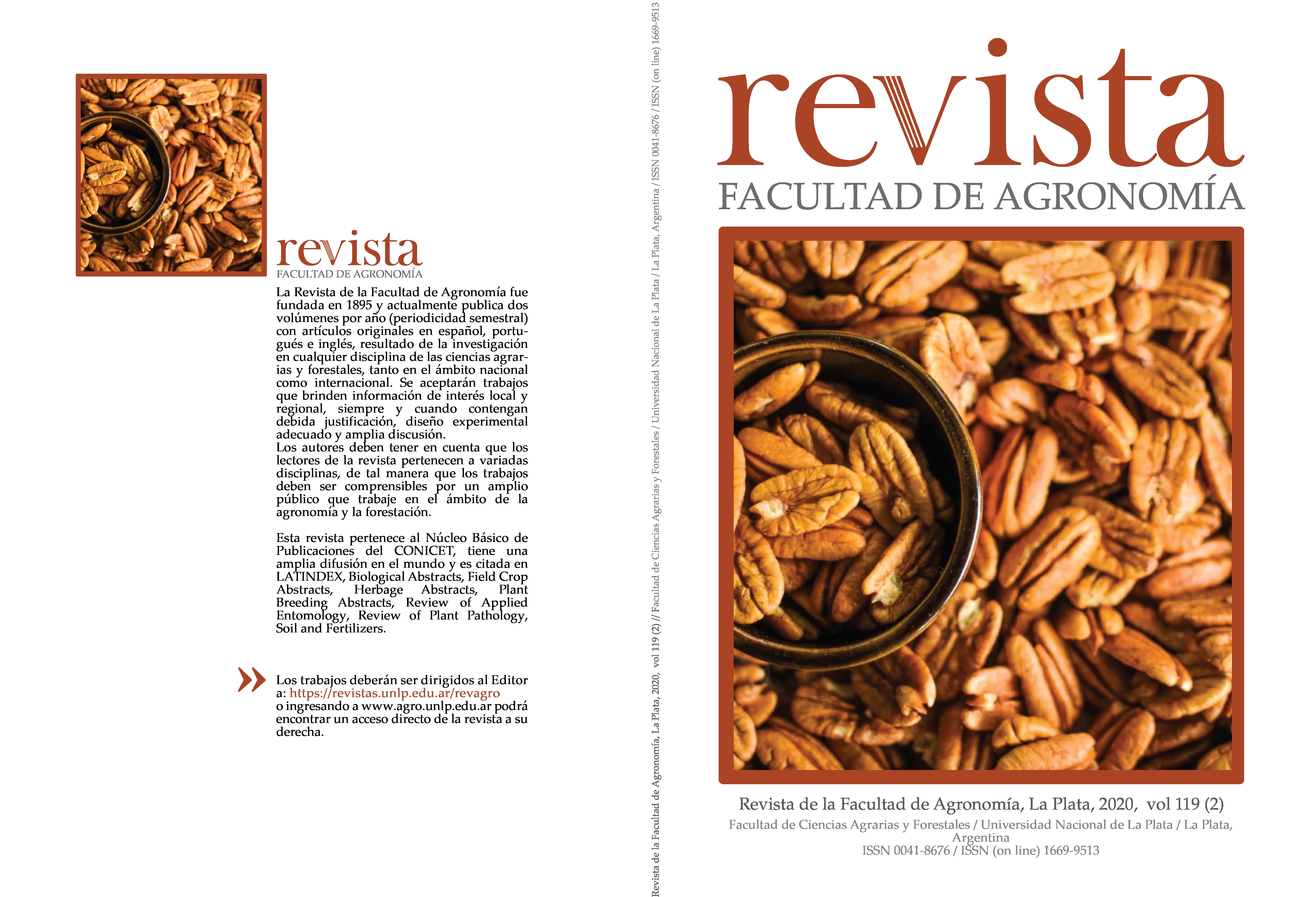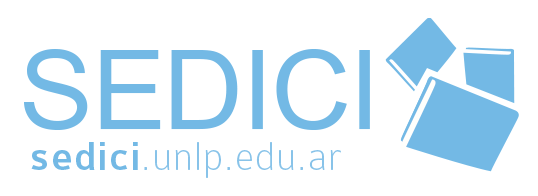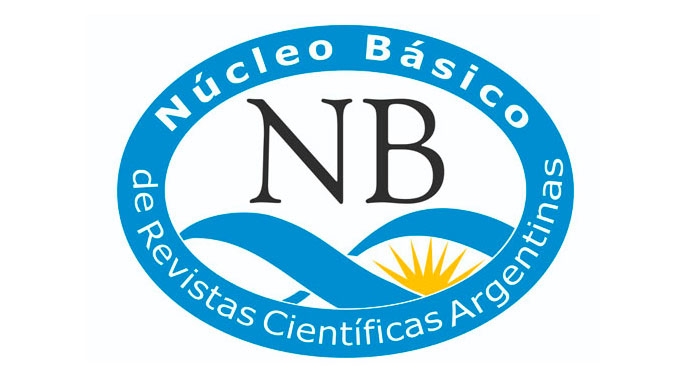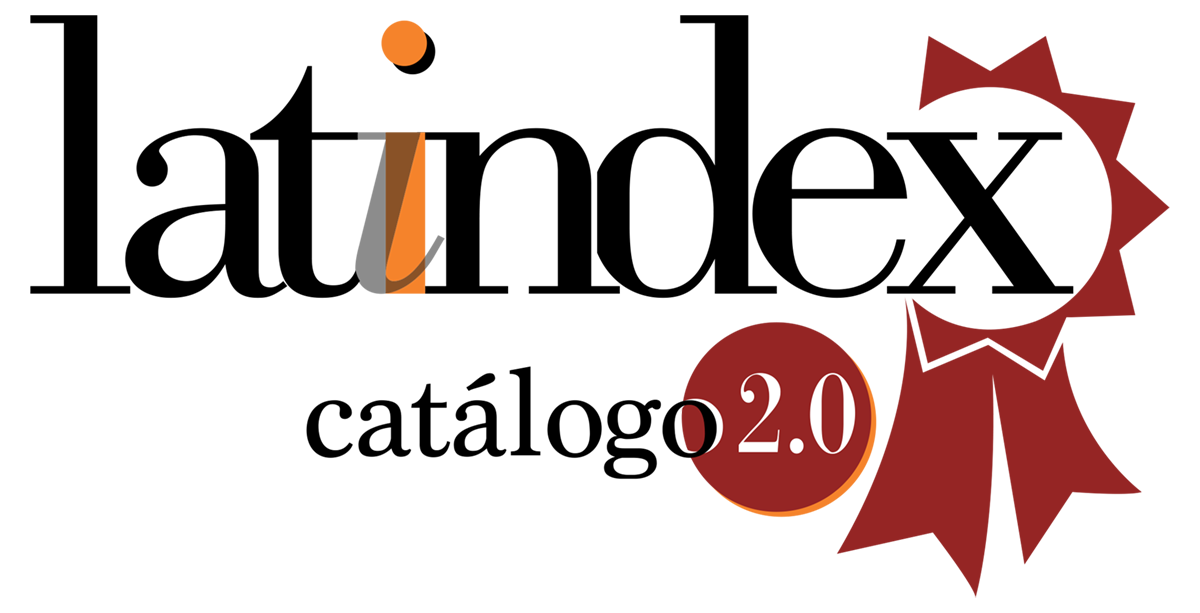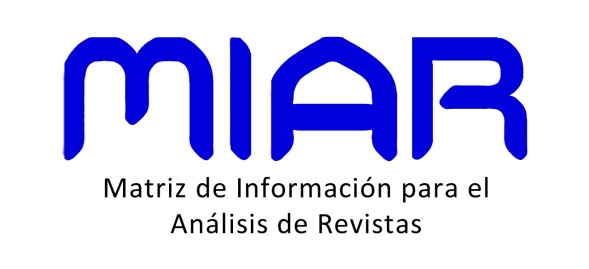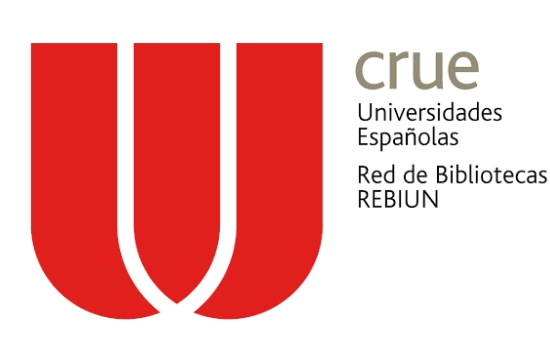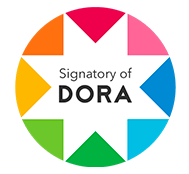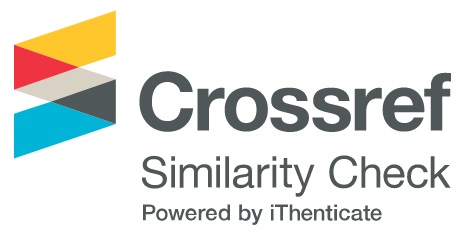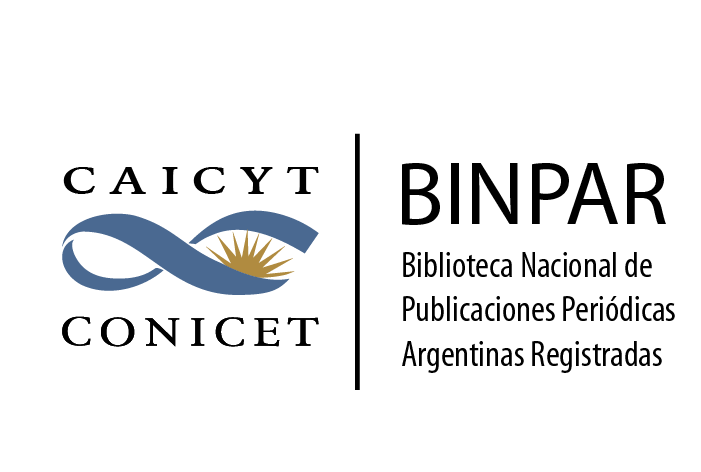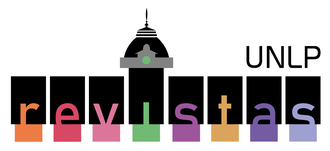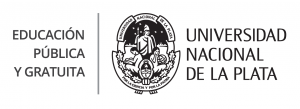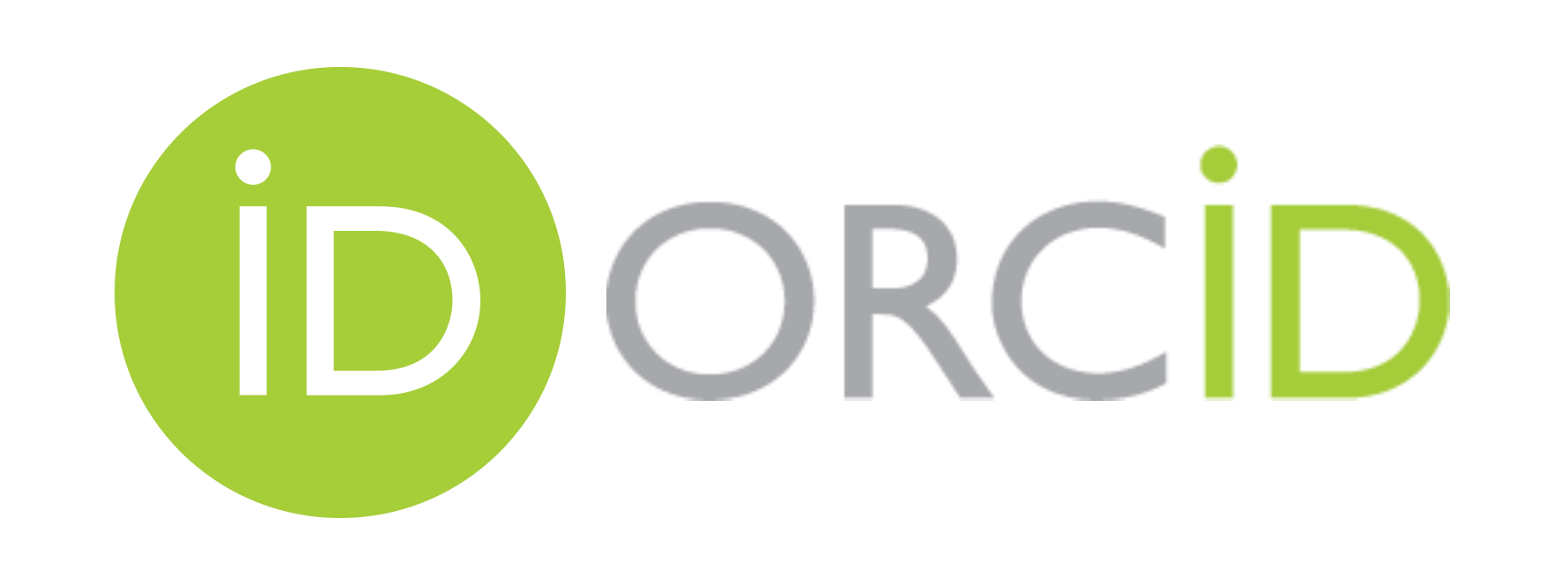Levaduras aisladas de mieles como antagonistas de mohos patógenos de cultivos
DOI:
https://doi.org/10.24215/16699513e054Palabras clave:
levaduras, mohos, patógenos, precosecha, poscosechaResumen
Se buscó el aislamiento de levaduras de muestras de miel de la Provincia de Jujuy, Argentina, con el objetivo de utilizarlas in vitro como antagonistas de mohos patógenos pre- y poscosecha, de diferentes cultivos de interés, como, cítricos, maíz, maní y caña de azúcar. Se utilizó miel, ya que la misma puede actuar como medio selectivo de cepas inocuas y tolerantes a distintos estrés abióticos, como bajo pH, elevada presión osmótica, presencia de fitoquímicos, entre otros. Se logró aislar un total de 15 levaduras de 25 muestras de mieles. Las levaduras fueron identificadas como: Candida parapsilosis, Zygosaccharomyces baili, Zygosaccharomyces mellis, Zygosaccharomyces rouxii, Tausonia pullulans, Lachancea thermotolerans, Lachancea fermentati, Torulaspora delbrueckii y Saccharomyces cerevisiae. Todos los géneros se encontraron descriptos como presentes en la miel, provenientes, ya sea, de fuentes primarias de contaminación o del ambiente circundante. De los aislamientos obtenidos se probó el antagonismo in vitro, por disminución del crecimiento micelial de los mohos: Penicillium italicum, P. ulaiense, Aspergillus parasiticus y Fusarium sacchari. Lachancea thermotolerans, fue el único aislamiento que presentó antagonismo hacia todos los mohos ensayados. Candida parapsilosis manifestó antagonismo hacia P. italicum; Lachancea fermentati hacia P. ulaiense; Z. mellis frente P. ulaiense y uno de los aislamientos de T. delbrueckii frente a P. italicum y P. ulaiense. Se podrían utilizar las levaduras antagonistas en futuros ensayos in vivo, en vistas al diseño de un biofungicida activo contra mohos patógenos de cultivos, en la etapa de producción a campo o durante el almacenamiento.
Descargas
Referencias
Al-Qaysi, S. A., H. Al-Haideri, Z. A. Thabit, W. H. A. A. Al-Kubaisy & J. A. A. R. Ibrahim. 2017. Production, Characterization, and Antimicrobial Activity of Mycocin Produced by Debaryomyces hansenii DSMZ70238. International Journal of Microbiology 2017: 1-9.
Aurongzeb, M. & M. K. Azim. 2011. Antimicrobial properties of natural honey: a review of literature. Pakistan Journal of Biochemistry & Molecular Biology 44 (3): 118-124.
Bajaj, B. K., S. Raina & S. Singh. 2012. Killer toxin from a novel killer yeast Pichia kudriavzevii RY55 with idiosyncratic antibacterial activity. Journal of Basic Microbiology 53 (8): 645-656.
Bakier S. 2009. Capabilities of near-infrared spectroscopy to analyze changes in water bonding during honey crystallization process. International Journal of Food Science & Technology 44: 519-524.
Benítez Ahrendts, M. R. & L. Carrillo. 2004. Levaduras inhibitorias de Penicillium. Revista Argentina de Microbiología 36: 182-186.
Bleve, G., F. Grieco, G. Cozzi, A. Logrieco & A. Visconti. 2006. Isolation of epiphytic yeasts with potential for biocontrol of Aspergillus carbonarius and A. niger on grape. International Journal of Food Mcrobiology 108 (2): 204-209.
Bubnová, M., J. Zemančíková & H. Sychrová. 2014. Osmotolerant yeast species differ in basic physiological parameters and in tolerance of non‐osmotic stresses. Yeast 31 (8): 309-321.
Čadež, N., L. Fülöp, D. Dlauchy & G. Péter. 2015. Zygosaccharomyces favi sp. nov., an obligate osmophilic yeast species from bee bread and honey. Antonie Van Leeuwenhoek 107 (3): 645-654.
Canadian Food Inspection Agency. 2019. Operational procedure: Honey inspection procedures. Appendix 2: Honey conversion table: °Brix, specific gravity and % moisture relationships [Online]. Disponible en: http://www.inspection.gc.ca/food/compliance-continuum/guidance-for-inspectors/sip/honey-inspection-procedures/eng/1539272153253/1539272153460#a72. Último acceso: mayo de 2019.
Castoria, R., F. De Curtis, G. Lima & V. De Cicco. 1997. β-1, 3-glucanase activity of two saprophytic yeasts and possible mode of action as biocontrol agents against postharvest diseases. Postharvest Biology and technology 12 (3): 293-300.
Castoria, R., F. De Curtis, G. Lima, L. Caputo, S. Pacifico & V. De Cicco. 2001. Aureobasidium pullulans (LS-30) an antagonist of postharvest pathogens of fruits: study on its modes of action. Postharvest Biology and Technology 22 (1): 7-17.
Chen, W. J., F. Delmotte, S. Richard-Cervera, L. Douence, C. Greif & M. F. Corio-Costet. 2007. At least two origins of fungicide resistance in grapevine downy Mildew populations. Applied Environmental Microbiology 73 (16): 5162-5172.
Codex Alimentarius Commission. 2001. Codex Standard for Honey (Adopted in 1981, Revisions 1987
and 2001). Food and Agriculture Organization of the United Nations and World Health Organization. Codex Stan 12 (1981): 1-8.
Dakal, T. C., L. Solieri & P. Giudici. 2014. Adaptive response and tolerance to sugar and salt stress in the food yeast Zygosaccharomyces rouxii. International Journal of Food Microbiology 185: 140-157.
Déak, T. 2008. Yeasts in Specific Types of Foods. Handbook of Food Spoilage Yeasts. 2nd Ed. CRC Press, Boca Raton. pp. 117-201.
Döll, S. & S. Dänicke. 2011. The Fusarium toxins deoxynivalenol (DON) and zearalenone (ZON) in animal feeding. Preventive veterinary medicine 102 (2): 132-145.
Droby, S., M. Wisniewski, D. Macarisin & C. Wilson. 2009. Twenty years of postharvest biocontrol research: is it time for a new paradigm?. Postharvest Biology and Technology 52 (2): 137-145.
El Sohaimy, S. A., S. H. D. Masry & M. G. Shehata. 2015. Physicochemical characteristics of honey from different origins. Annals of Agricultural Sciences 60 (2): 279-287.
Ganter, P. F. 2006. Yeast and invertebrate associations. En: Biodiversity and ecophysiology of yeasts. Rosa, C. & G. Péter, Eds. Springer-Verlag, Berlín pp. 303-370.
Giobbe, S., S. Marceddu, B. Scherm, G. Zara, V. L. Mazzarello, M. Budroni & Q. Migheli. 2007. The strange case of a biofilm-forming strain of Pichia fermentans, which controls Monilinia brown rot on apple but is pathogenic on peach fruit. FEMS Yeast Research 7 (8): 1389-1398.
Gomes, T., X. Feás, A. Iglesias & L. M. Estevinho. 2011. Study of organic honey from the northeast of Portugal. Molecules 16 (7): 5374-5386.
González, G., M. J. Hinojo, R. Mateo, A. Medina & M. Jiménez. 2005. Occurrence of mycotoxin producing fungi in bee pollen. International Journal of Food Microbiology 105 (1): 1-9.
Guo, J., W. Fang, H. Lu, R. Zhu, L. Lu, X. Zheng & T. Yu. 2014. Inhibition of greenmold disease in mandarins by preventive applications of methyl jasmonate and antagonistic yeast Cryptococcus laurentii. Postharvest Biology and Technology 88: 72-78.
Herrera, C. M., C. de Vega, A. Canto & M. I. Pozo. 2009. Yeasts in floral nectar: a quantitative survey. Annals of Botany 103 (9): 1415-1423.
Herrera, C. M., A. Canto, M. I. Pozo & P. Bazaga. 2010. Inhospitable sweetness: nectar filtering of pollinator-borne inocula leads to impoverished, phylogenetically clustered yeast communities. Proceedings of the Royal Society B: Biological Sciences 277 (1682): 747-754.
Hu, H., M. E. Wisniewsk, A. Abdelfattah & X. Zheng. 2017. Biocontrol activity of a cold-adapted yeast from Tibet against gray mold in cherry tomato and its action mechanism. Extremophiles 21(4): 789-803.
Hua, S. S. T., J. L. Baker & M. Flores Espíritu. 1999. Interactions of saprophytic yeast with a nor mutant of Aspergillus flavus. Applied and Environmental Microbiology 65: 2738-2740.
Huang, R., G. O. Li, J. Zhang, L. Yang, H. J. Che, D. H. Jiang & H. C. Huang. 2011. Control of postharvest Botrytis fruit rot of strawberry by volatile organic compounds of Candida intermedia. Phytopathology 101: 859-869.
Janisiewicz, W. J., T. J. Tworkoski & C. Sharer. 2000. Characterizing the mechanism of biological control of postharvest diseases on fruits with a simple method to study competition for nutrients. Phytopathology 90 (11): 1196-1200.
Kačániová, M., V. Kňazovická, S. Felšöciová & K. Rovná. 2012. Microscopic fungi recovered from honey and their toxinogenity. Journal of Environmental Science and Health, Part A 47 (11): 1659-1664.
Kurtzman, C., J. W. Fell & T. Boekhout. 2011. The Yeasts: a taxonomic study. 5th Ed. Elsevier, London. 2354 pp.
Kurtzman, C. P. & S. A. James. 2006. Zygosaccharomyces and related genera. En: Food spoilage microorganisms. Blackburn C. de W., Ed. Woodhead Publishing, Cambridge pp. 289-305.
Kurtzman, C. P. & J. Sugiyama. 2015. Saccharomycotina and Taphrinomycotina: the yeasts and yeastlike fungi of the Ascomycota. En: The Mycota. VII Systematics and Evolution. McLaughlin, D. J. & J. W. Spatafora, Eds. 2da. Ed. Springer-Verlag, Berlin-Heidelberg pp. 3-33.
Leslie, J. F. & B. A. Summerell. 2006. Fusarium laboratory workshops - A recent history. Mycotoxin Research 22 (2): 73-74.
Liu, J., Y. Sui, M. Wisniewski, S. Droby & Y. Liu. 2013a. Utilization of antagonistic yeasts to manage postharvest fungal diseases of fruit. International Journal of Food Microbiology 167 (2): 153-160.
Liu, G. L., Z. Chi, G. Y. Wang, Z. P. Wang, Y. Li & Z. M. Chi. 2013b. Yeast killer toxins, molecular mechanisms of their action and their applications. Critical Reviews in Biotechnology 35 (2): 222-234.
Liu, G., C. Tao, B. Zhu, W. Bai, L. Zhang, Z. Wang & X. Liang. 2016. Identification of Zygosaccharomyces mellis strains in stored honey and their stress tolerance. Food science and biotechnology 25 (6): 1645-1650.
Lutz, M. C., C. A. Lopes, M. E. Rodriguez, M. C. Sosa & M. P. Sangorrín. 2013. Efficacy and putative mode of action of native and commercial antagonistic yeasts against postharvest pathogens of pear. International Journal of Food Microbiology 164 (2-3): 166-172.
Mandal, M. D. & S. Mandal. 2011. Honey: its medicinal property and antibacterial activity. Asian Pacific Journal of Tropical Biomedicine 1 (2): 154-160.
Marquina, D., A. Santos & J. Peinado. 2002. Biology of killer yeasts. International Microbiology 5 (2): 65-71.
Martins, L. M., A. S. Sant'Ana, M. H. Pelegrinelli Fungaro, J. J. Silva, M. da Silva do Nascimento, J. C. Frisvad & M. H. Taniwaki. 2017. The biodiversity of Aspergillus section Flavi and aflatoxins in the Brazilian peanut production chain. Food Research International 94: 101-107.
Morais, P. B., P. S. S. T. Calaça & C. A. Rosa. 2013. Microorganisms associated with stingless bees. En: Pot-Honey. Vit, P. & S. R. M. Pedro, Eds. Springer, New York pp. 173-186.
Moretti, A., G. Mule, A. Ritieni & A. Logrieco. 2007. Further data on the production of beauvericin, enniatins and fusaproliferin and toxicity to Artemia salina by Fusarium species of Gibberella fujikuroi species complex. International Journal of Food Microbiology 118 (2): 158-163.
Nally, M. C., V. M. Pesce, Y. P. Maturano, C. J. Muñoz, M. Combina, M. E. Toro, L. C. Castellanos de Figueroa & F. Vazquez. 2012. Biocontrol of Botrytis cinerea in table grapes by non-pathogenic indigenous
Saccharomyces cerevisiae yeasts isolated from viticultural environments in Argentina. Postharvest biology and technology 64 (1): 40-48.
Nally, M. C., V. M. Pesce, Y. P. Maturano, L. R. Assaf, M. E. Toro, L. C. Castellanos de Figueroa & F. Vazquez. 2015. Antifungal modes of action of Saccharomyces and other biocontrol yeasts against fungi isolated from sour and grey rots. International Journal of Food Microbiology 204: 91-100.
Nunes, C. A. 2012. Biological control of postharvest diseases of fruit. European Journal of Plant Pathology 133: 181-196.
Olaitan, P. B., O. E. Adeleke & O. O. Iyabo. 2007. Honey: a reservoir for microorganisms and an inhibitory agent for microbes. African Health Sciences 7 (3): 159-165.
Palou, L., J. L. Smilanick & S. Droby. 2008. Alternatives to conventional fungicides for the control of citrus postharvest green and blue moulds. Stewart Postharvest Review 4 (2): 1-16.
Perez, M. F., L. Contreras, N. M. Garnica, M. V. Fernández-Zenoff, M. E. Farías, M. Sepulveda, J. Ramallo & J. R. Dib. 2016. Native killer yeasts as biocontrol agents of postharvest fungal diseases in lemons. PLoS One 11 (10): e0165590.
Pitt, J. I. & A. Hocking. 2009. Fungi and Food Spoilage. 3rd Ed. Springer, Boston 519 pp.
Platania, C., C. Restuccia, S. Muccilli & G. Cirvilleri. 2012. Efficacy of killer yeasts in the biological control of Penicillium digitatum on Tarocco orange fruits (Citrus sinensis). Food microbiology 30 (1): 219-225.
Ploetz, R. C. 2006. Fusarium-induced diseases of tropical, perennial crops. Phytopathology 96 (6): 648-652.
Raspor, P. & J. Zupan. 2006. Yeasts in Extreme Environments. En: Biodiversity and ecophysiology of yeasts. Rosa, C. & G. Péter, Eds. Springer-Verlag, Berlín pp. 371-417.
Rios, F., A. C. Sanchez, M. Lobo, L. Lupo, I. Coelho, I. Castanheira & N. Samman. 2014. A chemometric approach: characterization of quality and authenticity of artisanal honeys from Argentina. Journal of Chemometrics 28 (12): 834-843.
Robert, V., G. Stegehuis & J. Stalpers. 2004. The MycoBank engine and related databases [Online]. Disponible en: http://www.mycobank.org. Último acceso: mayo de 2019.
Sabaté, D. C., L. Carrillo & C. M. Audisio. 2009. Inhibition of Paenibacillus larvae and Ascosphaera apis by Bacillus subtilis isolated from honeybee gut and honey samples. Research in Microbiology 160 (3): 193-199.
Saksinchai, S., M. Suzuki, P. Chantawannakul, M. Ohkuma & S. Lumyong. 2012. A novel ascosporogenous yeast species, Zygosaccharomyces siamensis, and the sugar tolerant yeasts associated with raw honey collected in Thailand. Fungal Diversity 52 (1): 123-139.
Salgado Silva, M., Y. Rabadzhiev, M. R. Eller, I. Iliev, I. Ivanova & W. C. Santana. 2017. Microorganisms in honey. Honey Analysis. Toledo V. A. A., Ed. IntechOpen, DOI: 10.5772/67262. Disponible en: https://www.intechopen.com/books/honey-analysis/microorganisms-in-honey. Último acceso: junio de 2019.
Sánchez-Torres, P. & J. J. Tuset. 2011. Molecular insights into fungicide resistance in sensitive and resistant Penicillium digitatum strains infecting citrus. Postharvest Biology Technology 59 (2): 159-165.
Sharma, R. R., D. Singh & R. Singh. 2009. Biological control of postharvest diseases of fruits and vegetables by microbial antagonists: A review. Biological control 50 (3): 205-221.
Snowdon, J. A. & D. O. Cliver. 1996. Microorganisms in honey. International Journal of Food Microbiology 31: 1-26.
Spencer J. F. T. & D. M. Spencer. 1997. Ecology: Where Yeasts Live. En: Yeasts in Natural and Artificial Habitats. Spencer, J. F. T. & D. M. Spencer, Ed.. Springer-Verlag, Berlin pp. 33-58.
Sipiczki, M. 2003. Candida zemplinina sp. nov., an osmotolerant and psychrotolerant yeast that ferments sweet botrytized wines. International Journal of Systematic and Evolutionary Microbiology 53 (6): 2079-2083.
Suzzi, G., P. Romano, L. Ponti & C. Montuschi. 1995. Natural wine yeasts as biocontrol agents. Journal of Applied Bacteriology 78: 304-308.
Tripathi, P. & N. Dubey. 2003. Exploitation of natural products as an alternative strategy to control postharvest fungal rotting of fruit and vegetables. Postharvest Biology Technology 32 (3): 235-245.
Vázquez-Quiñones, C. R., R. Moreno-Terrazas, I. Natividad-Bonifacio, E. I. Quiñones-Ramírez & C. Vázquez-Salinas. 2018. Microbiological assessment of honey in México. Revista Argentina de Microbiologia 50 (1): 75-80.
Velásquez Giraldo, A. M., L. M. Vélez Acosta & R. Zuluaga Gallego. 2013. Physicochemical and microbiological characterization of Apis mellifera sp. honey from southwest of Antioquia in Colombia. Ingeniería y Ciencia 9 (18): 61-74.
Vica, M., M. Glevitzky, G. A. Dumitrel, M. Popa & S. Varvara. 2009. Microbiological role in hazards analysis of natural honey processing. Journal of Agroalimentary Processes and Technologies 15 (3):353-360.
Vallianou, N. G., P. Gounari, A. Skourtis, J. Panagos & C. Kazazis. 2014. Honey and its anti-inflammatory, anti-bacterial and anti-oxidant properties. General Medicine (Los Angeles) 2 (132): 1-5.
Viswanathan, R., M. Poongothai & P. Malathi. 2011. Pathogenic and molecular confirmation of Fusarium sacchari causing wilt in sugarcane. Sugar Tech 13 (1): 68-76.
Wang, Z., J. Zhang, F. Wu & X. Zhou. 2018. Changes in rhizosphere microbial communities in potted cucumber seedlings treated with syringic acid. PloS one 13 (6): e0200007.
Westerdijk Fungal Biodiversity Institute. 2019. Polyphasic identification [Online]. Disponible en:
http://www.westerdijkinstitute.nl/Collections/BiolomicsID.aspx?IdentScenario=Yeast2011ID. Último acceso: mayo de 2019.
Williams, J. H., T. D. Phillips, P. E. Jolly, J. K. Stiles, C. M. Jolly & D. Aggarwal. 2004. Human aflatoxicosis in developing countries: a review of toxicology, exposure, potential health consequences, and interventions. The American journal of clinical nutrition 80 (5): 1106-1122.
Yao, H. J. & S. P. Tian. 2005. Effects of a biocontrol agent and methyl jasmonate on postharvest diseases of peach fruit and the possible mechanisms involved. Journal of Applied Microbiology 98 (4): 941-950.
Zhang, S., X. Chen, Q. Zhong, Z. Huang & Z. Bai. 2017. Relations among epiphytic microbial communities rom soil, leaves and grapes of the grapevine. Frontiers in Life Science 10 (1): 73-83.
Descargas
Publicado
Número
Sección
Licencia
A partir de 2019 (Vol. 118 número 2) los artículos se publicarán en la revista bajo una licencia Creative Commons Atribución- NoComercial-CompartirIgual 4.0 Internacional (CC BY-NC-SA 4.0)
Acorde a estos términos, el material se puede compartir (copiar y redistribuir en cualquier medio o formato) y adaptar (remezclar, transformar y crear a partir del material otra obra), siempre que a) se cite la autoría y la fuente original de su publicación (revista y URL de la obra), b) no se use para fines comerciales y c) se mantengan los mismos términos de la licencia.
Previo a esta fecha los artículos se publicaron en la revista bajo una licencia Creative Commons Atribución (CC BY)
En ambos casos, la aceptación de los originales por parte de la revista implica la cesión no exclusiva de los derechos patrimoniales de los/as autores/as en favor del editor, quien permite la reutilización, luego de su edición (posprint), bajo la licencia que corresponda según la edición.
Tal cesión supone, por un lado, que luego de su edición (posprint) en Revista de la Facultad de Agronomía las/os autoras/es pueden publicar su trabajo en cualquier idioma, medio y formato (en tales casos, se solicita que se consigne que el material fue publicado originalmente en esta revista); por otro, la autorización de los/as autores/as para que el trabajo sea cosechado por SEDICI, el repositorio institucional de la Universidad Nacional de La Plata, y sea difundido en las bases de datos que el equipo editorial considere adecuadas para incrementar la visibilidad de la publicación y de sus autores/as.
Asimismo, la revista incentiva a las/os autoras/es para que luego de su publicación en Revista de la Facultad de Agronomía depositen sus producciones en otros repositorios institucionales y temáticos, bajo el principio de que ofrecer a la sociedad la producción científica y académica sin restricciones contribuye a un mayor intercambio del conocimiento global.

